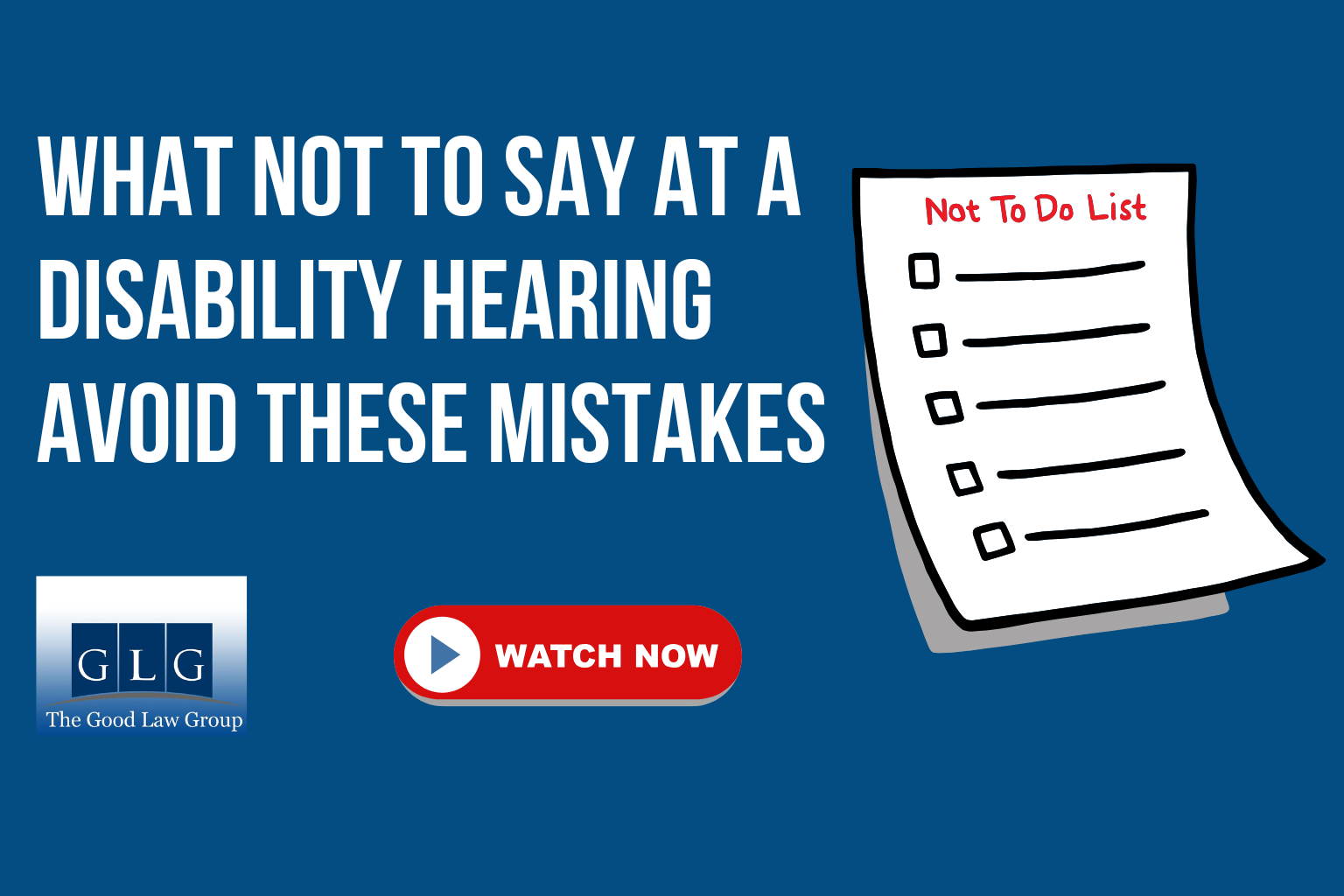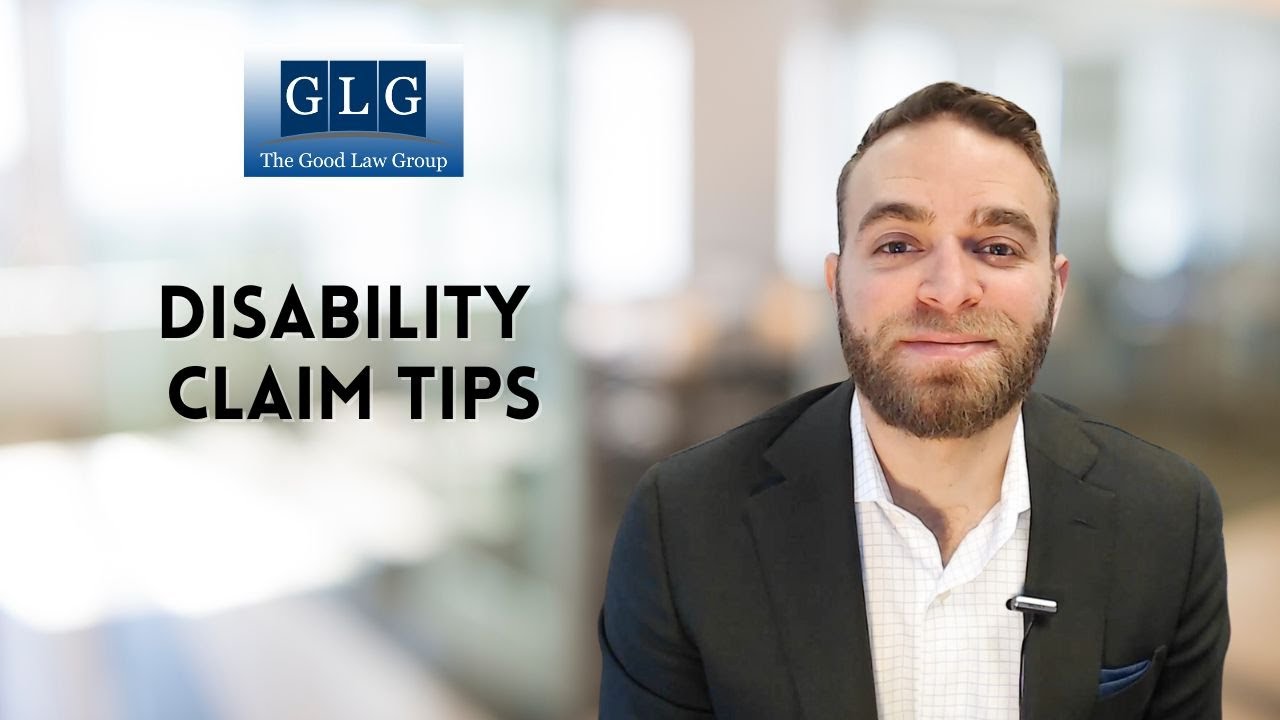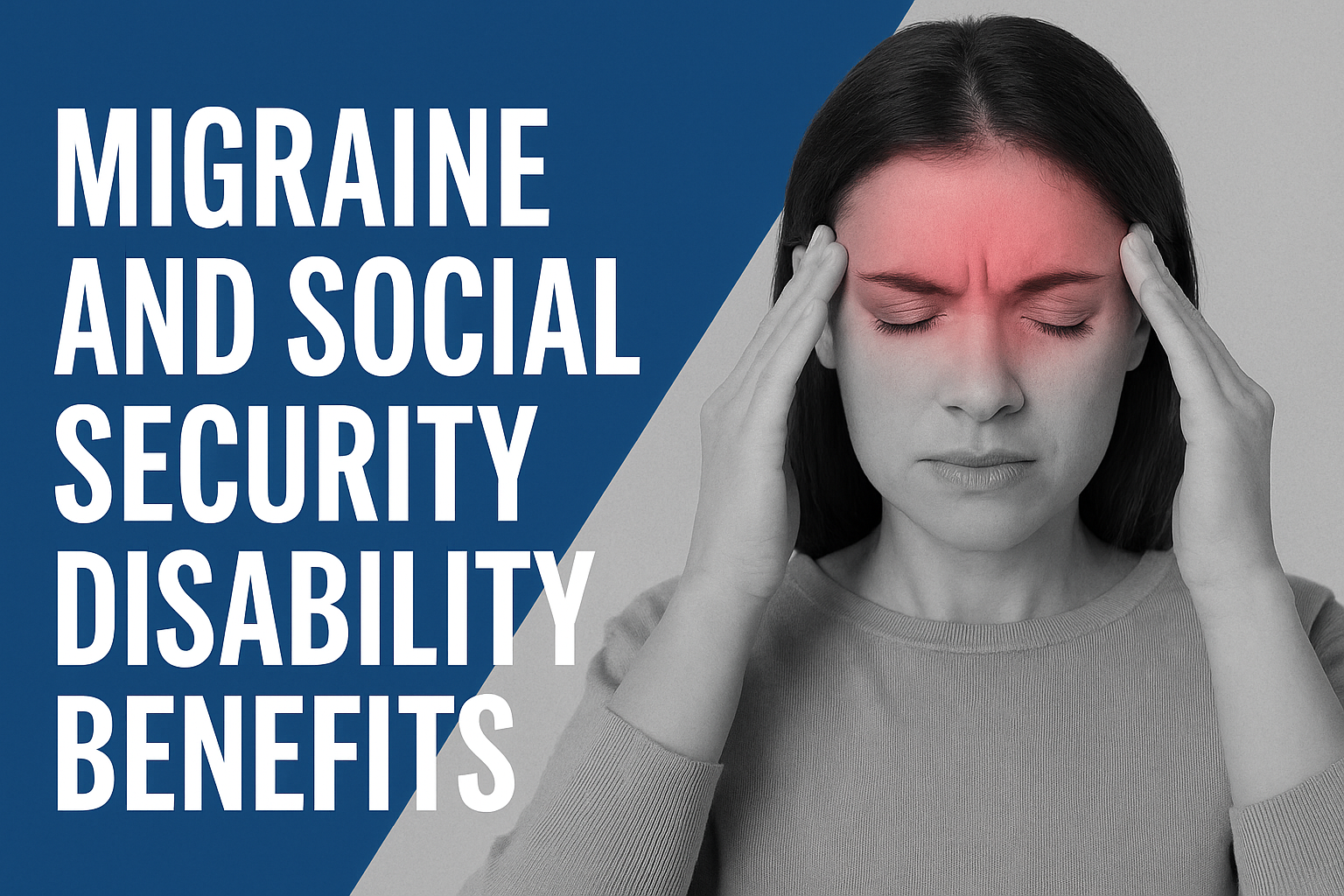What if the Social Security Administration (SSA) contacts you to review your case after you have already been approved for disability benefits? This does happen occasionally and it is called a Continuing Disability Review (CDR).
What a CDR Really Means
A Continuing Disability Review (CDR) doesn’t automatically mean you’ll lose your benefits — but it does mean the SSA is reassessing whether your condition still meets the criteria for disability. These reviews are routine and usually occur every 3 to 7 years, depending on your age, condition, and the likelihood of improvement.
If the SSA believes your health has improved enough to return to work, or if they find gaps in your medical records, they may attempt to discontinue your benefits. This is why staying proactive with medical documentation and ongoing care is crucial.
🎥 Watch our related video: Can Social Security Take Away Your Benefits?
Here are four things you should know about a CDR
- If you are contacted the SSA is trying to take your benefits away.
- You are required to cooperate in a timely matter. Do not ignore this or wait to respond.
- You should know what disability or combination of disabilities you were found to be disabled based upon.
- The first question the SSA will as you is “Are your better, worse or the same?” If you say you are doing better you have opened up the case for a full review. The best answer is to say you are worse and provide the SSA with additional disabilities along with a long and accurate list of doctors and hospitals that have treated you for both your old disabilities and your new disabilities.
Here are a few other things worth noting:
Losing Your SSD Benefits
Once you lose your benefits they are very hard to get back a second time. The older you are the less likely you are to get reviewed. The younger you are the more likely you are to be contacted by the SSA for a CDR.
Why Younger Individuals Are Reviewed More Often
The SSA assumes younger individuals have a higher potential for recovery or improvement, so they schedule reviews more frequently. However, this doesn’t mean you’re at fault — it’s simply how the SSA allocates its review resources. If you’re under 50 and receiving disability, you can expect to be reviewed more often than someone in their 60s.
Review of SSD Cases
In some cases the judge who heard your case has already told the SSA that your case should be reviewed within a certain number of years. Your case can be reviewed as many times and as often as the SSA wants. The number of case reviews that the SSA does in a year is based on the funding that is set aside to do this. Many years the SSA runs of out of money and a lot of cases simply don’t get reviewed.
When your clients received a notice of CDR we have been helping them fill out the paperwork to avoid the risk of losing their benefits. We limit this service to clients only.
Responding to a Review Notice
If you receive a CDR packet in the mail, do not panic — but do not delay. You’ll usually have about 30 days to complete and return the forms. It’s vital that your responses are accurate, consistent, and supported by medical evidence. Even small mistakes or missing documentation can raise red flags.
If you’re a client of The Good Law Group, our team can help you complete these forms carefully and correctly, minimizing your risk of benefit termination.
Timing and Medical Care for your Disability
In the event the SSA notifies you that they have decided to take your benefits away you have 60 days to file an appeal. If you file an appeal within the first 10 days the SSA will not stop your benefits while the appeal process is underway.
An important thing to remember is that the SSA is looking for current and continual medical treatment for the condition that found you to be disabled. If you have a new condition/disability don’t let it sidetrack you from getting the treatment you need for the old disability you were found to have. If you stop seeking treatment with one doctor, especially a specialist, you need to find another specialist in the same field. Don’t wait more than two or three months. The SSA does not like to see gaps in medical treatment.
Why Ongoing Medical Treatment Matters
Regular doctor visits and updated treatment records show the SSA that your condition remains serious and requires management. If your medical records show long gaps in care, the SSA may assume your condition has improved — even if it hasn’t. Keep every appointment, and if you must switch doctors, find another provider immediately in the same specialty.
Work Programs and Your SSDI Benefits
Finally, you should be aware that the SSA has many programs to get you to go back to work (e.g. The Trail Work Period program, the Ticket to work program, and allowing you to work part time). If you participate in these programs the SSA can hold it against you. I have heard judges say if you can work part time you can work full time.
Navigating SSA Work Incentives
The SSA’s programs like Trial Work Period and Ticket to Work are designed to encourage people to re-enter the workforce. However, participation can sometimes complicate your claim. Even part-time work may lead the SSA to question your continued eligibility. Before participating, speak with a disability attorney to understand how it may impact your case.
Get Help from The Good Law Group
Has this information helped you or do you think it would help a co-worker, friend, or family member? Please pass along our information to anyone you feel we can help with their SSD claim.
At The Good Law Group, our disability attorneys have extensive experience handling Continuing Disability Reviews and appeals. If your benefits are at risk or you’ve received a review notice, we can guide you through the process and protect your rights.
📞 Call us today at (847) 577-4476 or contact us online to schedule a consultation.
Frequently Asked Questions About Continuing Disability Reviews
What are Continuing Disability Reviews (CDRs)?
A CDR is a periodic review conducted by the Social Security Administration (SSA) to determine whether you still meet the medical requirements for disability benefits. The SSA reviews your medical records, work activity, and overall health to confirm that your condition remains disabling.
How often do CDRs occur?
Typically every 3 to 7 years, depending on the SSA’s evaluation of your condition and the likelihood of improvement. Younger individuals or those with medical conditions expected to improve are reviewed more frequently.
What happens if my benefits are discontinued?
You have 60 days to appeal and 10 days to request that your benefits continue while your appeal is processed. The Good Law Group can help you file the appeal and present strong evidence to protect your benefits.
How can I prepare for a CDR?
Maintain consistent medical care, update your medical records, and keep detailed documentation from your doctors and specialists. If you receive a review notice, contact an attorney immediately to help ensure your paperwork is accurate and complete.
Protect Your Disability Benefits with The Good Law Group
If you’ve received a CDR notice or your benefits are at risk, don’t face it alone.
Let the experienced team at The Good Law Group guide you through the process, file your appeal, and help you protect the benefits you deserve.
📞 Call (847) 577-4476 or contact us online today.









